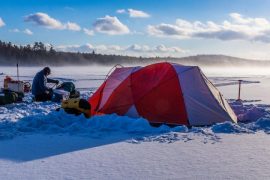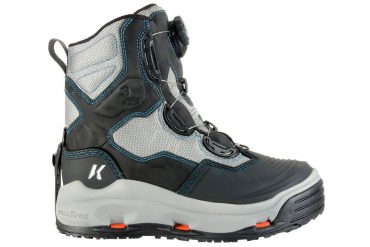One of the best things about the co-op is the thriving community of gearheads, dirtbags, bird nerds, thru-hikers, peak-baggers, storytellers and more who work in our stores and headquarters, guide our trips and teach our classes. In this series, we’ll tap into that expert knowledge to answer some of your burning questions about terrain, gear, safety, etiquette—anything! The co-op has your back.
The question posed this time, “What’s the difference between types of federal lands and how does that affect where I can camp?” was submitted by Bailey Leppek, REI member since 2011.
Who doesn’t love to camp in the great outdoors—to delight in the simple joys of nature? First, though, one faces the not-so-simple joy of figuring out where to go. To ensure you’re a camper, not a squatter, you need to know a thing or two about types of land and land-use rules. Luckily, we have someone who can help. Justin Inglis, an Outdoor School market coordinator in REI’s Flagstaff store, developed a class called “Where Can I Camp?” The focus is on Arizona, but the tactics are the same throughout the U.S.
According to Justin, your first consideration is, “What type of camping do you want to do?” Your two options are “designated” (think developed campground with numbered posts) or “dispersed” (a.k.a. “wild camping”).

Designated campgrounds come with amenities like toilets, tables and treated water. Some let you reserve sites; others are first-come, first-served. Most charge fees and are relatively easy to access. “Even if a designated campground is on a gravel forest-service road,” says Justin, “you should be able to drive [your average family car] in there without any problems—if you take it nice and slow.”
Dispersed camping is the better option if you love seclusion, spontaneity, selecting your own site and being self-sufficient. You’ll have to pack your own water: “Two gallons per person per day to handle drinking, cooking and washing chores,” says Justin. And you won’t have so much as a pit toilet. If you’re new to this type of camping, says Justin, “then the first thing I’d do is to print out the Leave No Trace principles. Then be sure you take them along and follow them faithfully.” It’s also worth reviewing campsite selection practices and tent setup basics:
So, “Where does one find all of these designated and dispersed camping spots?” you ask. You find them in a wide variety of land-management areas:…





